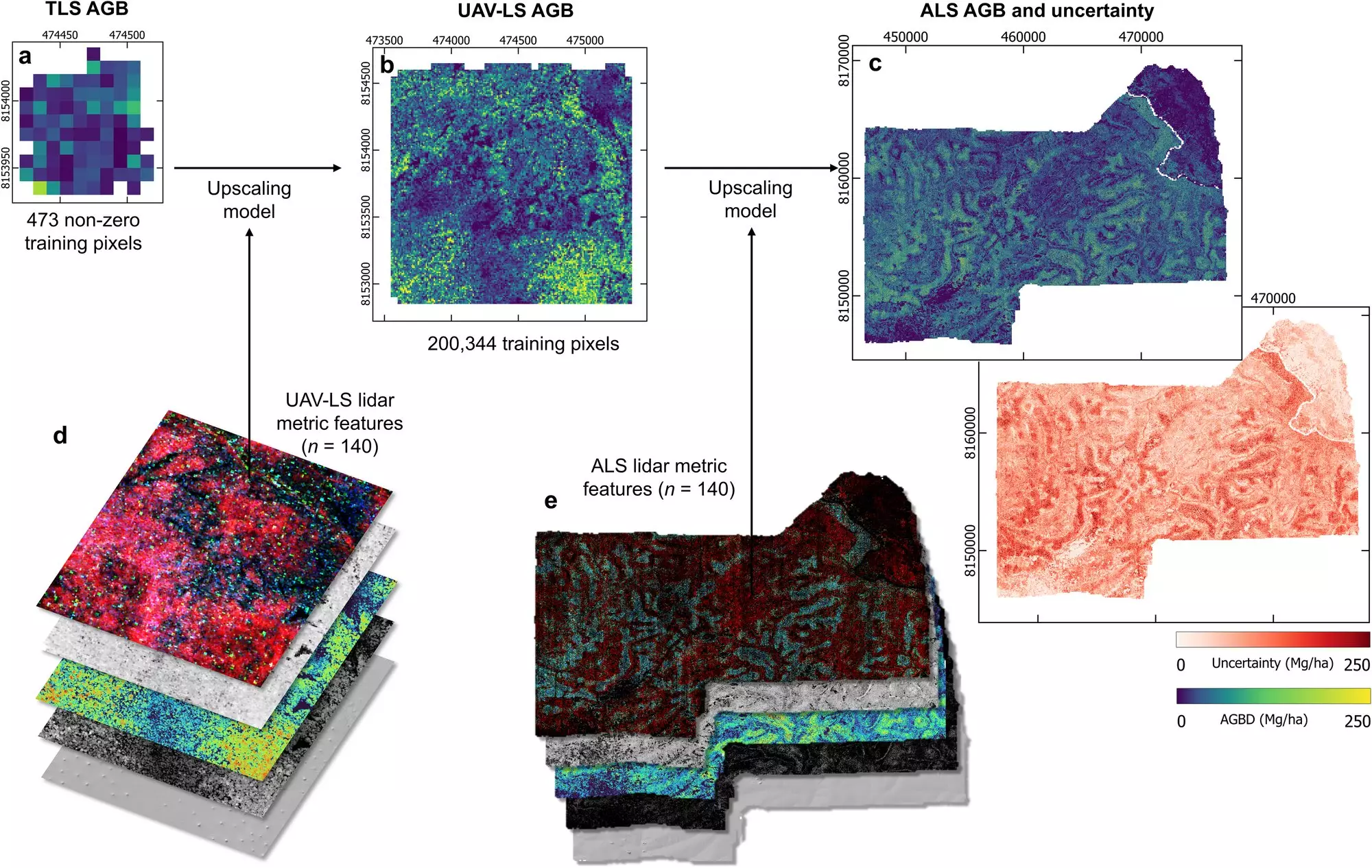Recent research has shed light on an underestimated asset in the fight against climate change: the miombo woodlands of Mozambique. Led by the carbon data provider Sylvera, this groundbreaking study, which involved an international team of researchers, unveiled that these unique ecosystems can absorb and store up to 2.2 times more carbon than traditional methods had suggested. The implications of these findings extend far beyond mere statistics—they challenge our understanding of carbon stocks and highlight the urgent need to prioritize the conservation of such invaluable biomes.
The miombo woodlands are not merely trees and soil; they are vibrant ecosystems that serve as a lifeline for millions in Sub-Saharan Africa. They regulate climate and water resources, harbor diverse wildlife, and hold immense cultural and spiritual significance. However, the sobering reality is that deforestation has dramatically reduced these woodlands from 2.7 to 1.9 million square kilometers in the last four decades—an area larger than the landmass of the United Kingdom. The loss of such extensive forest cover signifies not only a loss of biodiversity but also diminishes a vital tool in combating climate change.
Innovative Research Methodology
One of the most compelling aspects of this research is the innovative methodology employed to derive these new carbon estimates. The team amassed an astonishing dataset of 450 billion three-dimensional measurements from over 8 million trees, covering an area roughly eight times the size of Manhattan. By utilizing advanced laser scanning technology from ground level, drones, and helicopters, the researchers captured detailed information about the structure and density of the trees in these woodlands.
This approach diverges from traditional carbon assessment methods, which rely heavily on simplified allometric equations linking tree diameter and height to biomass estimation. The inherent limitation of these traditional methods—their tendency to underestimate large tree biomass—has now been illuminated. The newfound methodology opens doors to more accurate assessments, paving the way for a better understanding of forest carbon dynamics. As Professor Mat Disney of UCL Geography articulated, this study suggests that our prior knowledge about these ecosystems was significantly underappreciated.
Magnitude of Carbon Storage Revealed
Extrapolating the findings across the entirety of Africa’s miombo woodlands indicates a jaw-dropping potential: approximately 13.6 billion metric tons of carbon dioxide equivalent (CO2e) could be sequestered in aboveground biomass. This not only represents a startling underestimation by conventional techniques but also implies that the protection and restoration of miombo woodlands could play a paramount role in global climate action. If destroyed, these ecosystems may release far more carbon than currently realized.
This research serves as a stark reminder of the negative impacts of deforestation, compelling governments, businesses, and financial institutions to redirect attention and resources toward the preservation of these often-overlooked forests. The implications for climate change mitigation are profound, providing a pivotal opportunity to incorporate these findings into national and international environmental policies.
The Role of Technology in Climate Solutions
A vital message of this research is the transformative potential of technology in understanding and combating climate change. By leveraging cutting-edge tools such as multi-scale lidar techniques, researchers can gather accurate data that is fundamental for making informed policy decisions. The partnership with Sylvera emphasizes the necessity of applying technology not only to improve scientific knowledge but also to drive financial investments in nature-based solutions.
According to Allister Furey, CEO of Sylvera, the challenge fundamentally revolves around finance: we need to allocate resources effectively to known solutions, primarily our nature-based carbon sinks. The insights derived from this study offer an opportunity to enhance investor confidence through reliable measurements, enabling the scaling of financing for projects focused on forest restoration and conservation efforts.
Implications for Future Climate Action
The findings from this research could significantly reshape our strategies for climate action. While the miombo woodlands present a remarkable avenue for enhancing carbon capture capabilities, they also stand as a harbinger for the importance of preserving biodiversity and ecosystems globally. As we grapple with the realities of climate change, it is vital to realize that the solutions may be closer than we think—rooted deeply within our forests.
These insights challenge previous understandings and reinforce the necessity for global collective action aimed at protecting these critical ecosystems. As the world races against time to achieve net-zero emissions, recognizing the value of the miombo woodlands could provide a crucial pathway toward sustainable climate solutions that benefit both the planet and its inhabitants.

